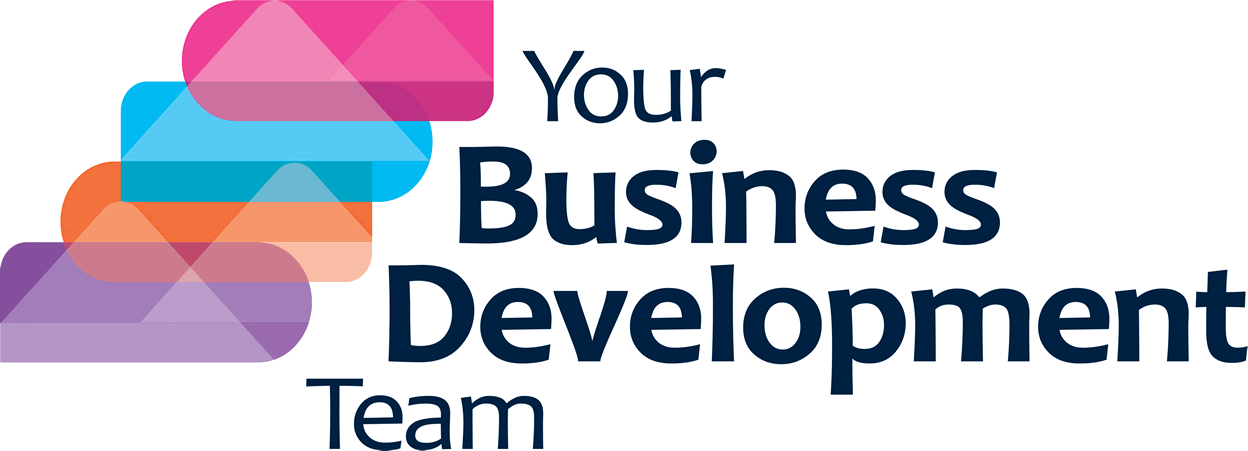When I was thinking about what to write for my last blog of 2022, I found this quote from Dwight D. Eisenhower: “Planning is everything, the plan is nothing.” The difference between “planning” and “plans” can be summed up in one word: Change.
The two phrases that best sum up our business lives are “expect the unexpected” and “the only constant is change.” Planning is an active process, setting goals, objectives, and strategies, and reviewing constantly to keep us up to date with market conditions. Plans are how we document the results of our planning and can end up as fixed points that the business tries to fit around. The process of planning helps us know what we need to do to accomplish our goals and fulfil our vision for the business. It allows to us control the effects of the unforeseen and helps our team become aligned with our vision and understand the part they can play in the company’s success.
Throughout this year our blogs have looked at building for the future, and specifically how you can build a bridge between your vision for the business and setting and achieving the goals to get there. In a time of uncertainty, the only thing you can be sure of is that your plans will need to change.
YBDT’s Sales Success consultancy programme starts with identifying your specific sales needs using our unique gap analysis system. Once we have that in place, we can create a tailored sales process, supported by training and mentoring designed for your team as they adopt the new processes.
The key to the success of your planning is an overarching business development strategy. This gives you an understanding of the market and your place within it, creates detailed and time-based goals, and the activities to support them, along with realistic KPIs to measure your success. Having the basic strategic framework in place means you can adapt aspects of the process and support that with additional training. This means that as market conditions change, you can avoid tearing your whole sales and marketing system out and starting from scratch repeatedly.
YBDT’s strategic approach and long experience in supporting the creation and nurturing of prospects has proven effective for many clients. For example, Graeme Brown, MD of Sentinel group Security, said that for his company it is the combination of experience with innovation offered by our team which has resulted in the creation of a much improved and better targeted pipeline.
The best quote about sales and marketing in a time of economic uncertainty came from Sam Walton, the founder of Wal-Mart. When asked, “What do you think about a recession?” he responded, “I thought about it and decided not to participate.” YBDT has the tools you need to step ahead of your competitors when they fail to look beyond the next dire headline. Get in touch to talk about how we can help you look forward to a positive, profitable future.










